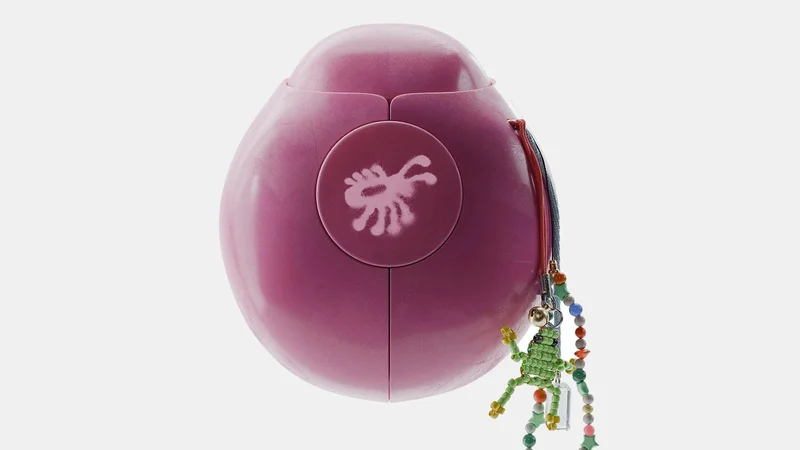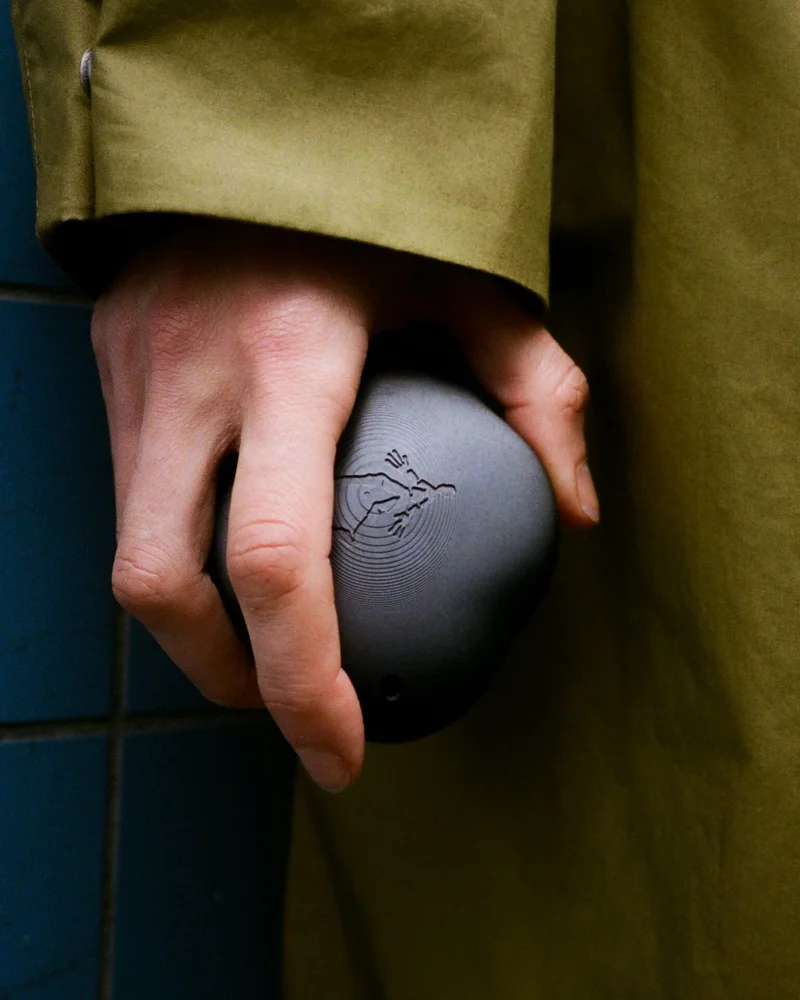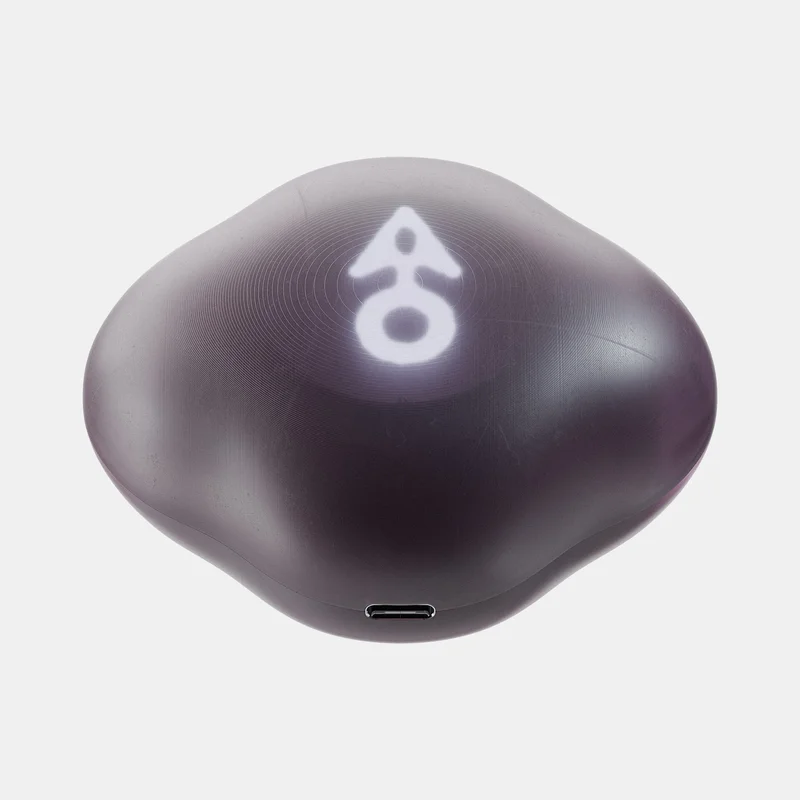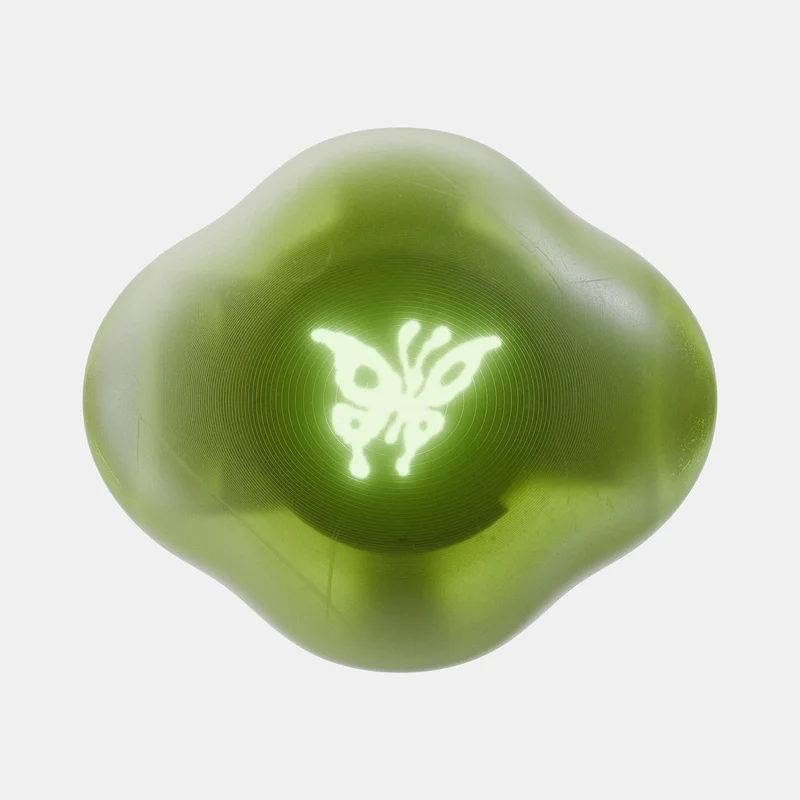Engineers presented a compass navigator with AI

Photo source: Modem Works и Panter & Tourron
Terra AI's "Compass" allows users to take walks without using their phone.
Artificial intelligence and gorpcore aesthetics come together in Terra, a “compass” created by design studios Modem Works and Panter & Tourron to let people go for walks without their phones.
Terra is a pocket-sized gadget that guides the user along a route using haptic feedback and a thin interface with arrows similar to a compass needle.
Карманный гаджет Terra. Photo source: Modem Works и Panter & Tourron
Routes are personalized and created by AI in response to user requests. “2-hour stroll through the Marais with visit to a patisserie” and “Kyoto architecture tour, return by 4:00 pm” are two examples from the Terra website.
Modem Works and Panter & Tourron created Terra for people who want to go out without having to take their phone with them, or at least not look at it. Panter & Tourron founder Stefano Panterotto described it as a "non-device" that "allows you to wander around without being distracted by your phone."
Being open source and manufactured using 3D printing, Terra in some ways avoids the norms of electronic products. Its physical shape is small but rugged in appearance, designed with a nod to New Age objects and “gorpcore,” the trend of wearing outdoor gear as a sign of style.
The design of the device is based on the aesthetics of outdoor gear. An example of worry stones as a kind of stress-reducing and anxiety-calming object that served as a guide for Terra.
“This represents a departure from the usual look and feel that we are accustomed to with companies like Apple,” Panterotto said. “Our goal was a design that was both functional and meditative, like a device you could hold and play with to relax.”
Terra pocket gadget. Photo source: Modem Works и Panter & Tourron
The screen softens to appear beneath the surface of Terra's outer shell, and the interface itself is designed to be minimalistic and unobtrusive, with an arrow only appearing when prompted and a slight vibration indicating whether the user is moving in the wrong direction.
The interface also contains a number of animal and plant symbols that are displayed to indicate that the person is on the right path.
“The digital interface was largely inspired by fictional devices, such as the one from Jumanji, where symbols and images materialize in a way that blurs the boundaries between the magical and the technological,” said Modem Works co-founder Estin le Clercq.
Terra's open-source software combines Google Places application programming interfaces (APIs) and ChatGPT chatbot with artificial intelligence to convert a user's location, intent, and available time into GPS coordinates.
The user runs the software locally on their computer or phone to enter text prompts and generate directions. The software is available for free on the open source platform GitHub, along with CAD files for the outer shell of the device so it can be 3D printed. There is also a list of eight electrical components that the manufacturer needs to purchase, including the LCD display module, GPS module, haptic controller and power button.
The Terra pocket gadget helps you follow a tourist route without using your phone. Photo source: Modem Works и Panter & Tourron
Astin said he was inspired to create the open-source Terra project by the "DIY spirit" of the Whole Earth catalog and the work of Italian designer Enzo Mari, who invented the concept of "autoprogettazione," or self-design, in 1974.
Modem Works and Panter & Tourron intend to work with brands to put versions of Terra into production in the future, but say the original designs will always remain free and open source.
Both studios work at the intersection of design, technology and innovation. In a previous project, Panter & Tourron, the studio collaborated with Space10 to create a lightweight folding sofa using artificial intelligence.